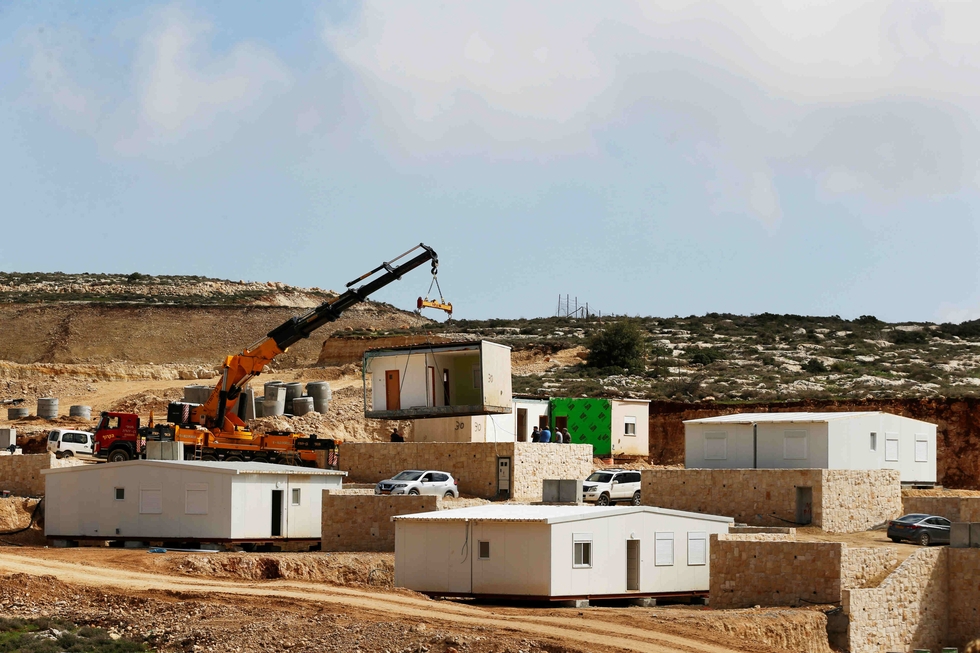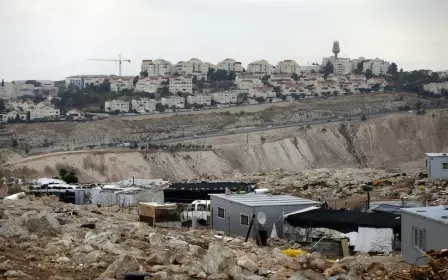Israel moves buildings into first new illegal settlement for 25 years

Israel started on Thursday moving structures in to a new illegal settlement in the occupied West Bank.
Hundreds of the first residents will be settlers evicted last year by Israel from the Amona outpost, which the Israeli government deemed "illegal".
All settlements in the occupied West Bank are viewed by as illegal under international law.
Amihai settlement is being built on the lands of Jalod, a Palestinian village of 500 inhabitants to the southeast of Nablus city.
Translation: Today, workings started in the area as I assured to build a new settlement for the residents of Amona. After tens of years, I have the right to be the prime minister who builds a new outpost in Judea and Samaria.
In June, Israel’s prime minister Benjamin Netanyahu announced the the breaking of ground for Amihai, the first new illegal settlement in 25 years, although many existing outposts have been expended in that time.
By Friday, 36 caravans should be ready to house 300 people evicted from Amona last year, Israeli media reported.
In September, Israel set a budget plan of almost $17m to build the new outpost for the evicted settlers.
About $1.4m was dedicated to paying the expenses of settlers' accommodation until the new outpost was built.
The final plan of Amihai settlement should see the building of 102 settler units.
The settlement is being built on a hilltop known to Jalod villagers as Jabal Abu al-Rakhm.
Middle East Eye propose une couverture et une analyse indépendantes et incomparables du Moyen-Orient, de l’Afrique du Nord et d’autres régions du monde. Pour en savoir plus sur la reprise de ce contenu et les frais qui s’appliquent, veuillez remplir ce formulaire [en anglais]. Pour en savoir plus sur MEE, cliquez ici [en anglais].




